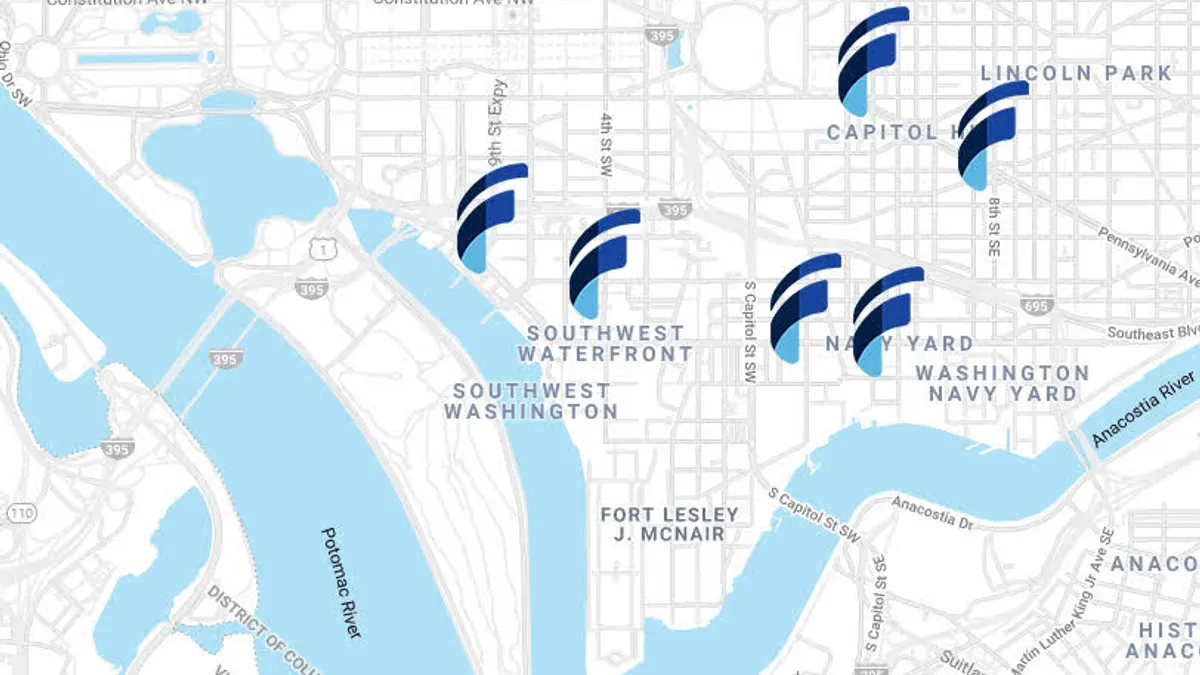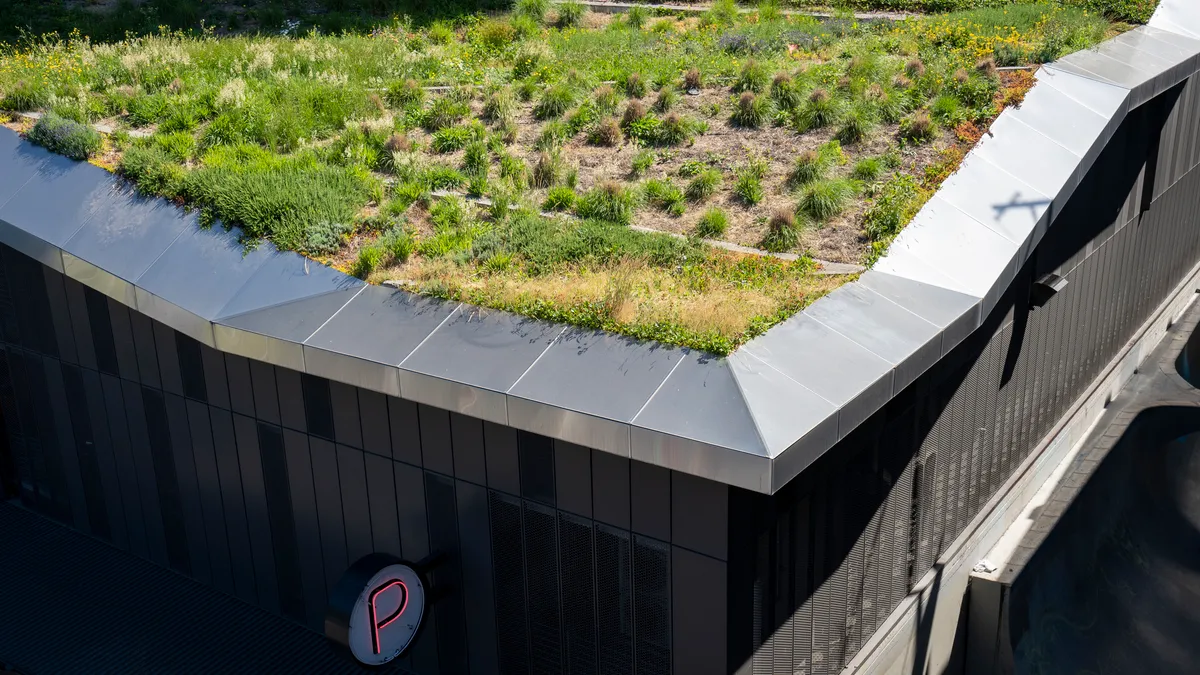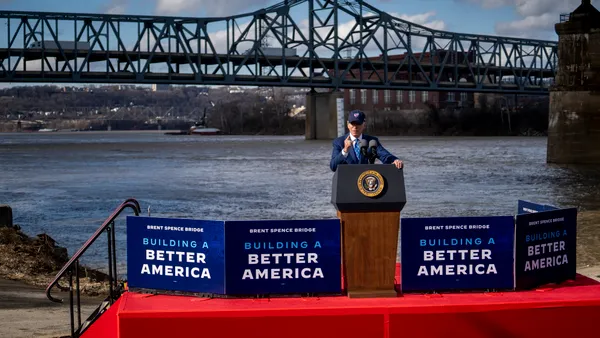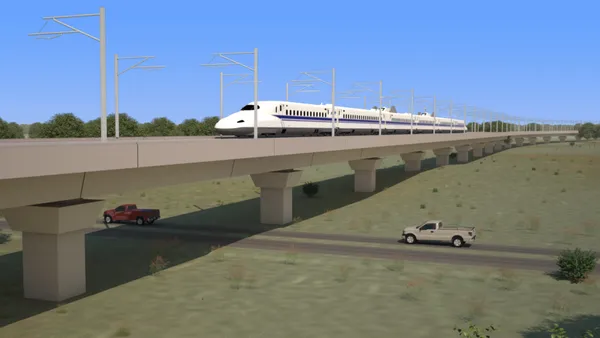UPDATED, Aug 2, 2019: Washington, DC's District Department of Transportation (DDOT) on Thursday officially launched a pilot program with curbside management solution, curbFlow.
The next phase in our curbside pick-up drop-off (PUDO) program officially kicks off today! We've partnered with @curbflow on a 12-week research pilot to help inform ways to increase efficiency and safety of curbsides across the district. ????️ ????
— DDOT DC (@DDOTDC) August 1, 2019
???? https://t.co/w2EeAZnq3y pic.twitter.com/DpPK2Qh1mA
Data collected through the 12-week program will give the city a more clear understanding of commercial demand for curbside space.
Dive Brief:
- Washington, DC's District Department of Transportation (DDOT) released details about the next phase of its curbside pickup-dropoff (PUDO) program to better manage curb space and improve safety. This phase will focus on commercial curb space activity.
- DDOT partnered with mobility company curbFlow to research and analyze demand at nine locations where commercial delivery pickup-dropoff activities often result in double parking. Starting Aug. 1, parking will be removed at these locations for 12 weeks to create commercial loading zones where study participants will use a free app to coordinate curb time.
- Analysts at curbFlow will collect data to determine curb space safety, utilization, productivity and equitable access. The study will help DDOT understand the changing delivery landscape and inform decisions about curb space use policies.
Dive Insight:
DDOT launched its first curb space pilot in 2017 in partnership with a local business improvement district (BID). In a popular nightlife district, it transformed curbside, daytime parking spaces into ride-hailing PUDO zones on weekend nights to improve safety and cut down on traffic jams caused by double parking.
At that time, BID Executive Director Leona Agouridis told Smart Cities Dive that curb space management is an issue she hears about more and more from stakeholders.
The new phase of DDOT's PUDO program addresses commercial vehicles, but it involves an element from the ride-hailing pilot: personal vehicles used for commercial purposes. Many companies now hire employees who use their own vehicles for delivery services, instead of dedicated commercial delivery services with marked vehicles.
App-based food, alcohol, grocery, convenience store and other goods delivery services often use this model. Even some Amazon employees now travel in non-branded vehicles, especially for completing weekend deliveries in urban areas.
Although non-branded vehicle drivers need to complete their business transactions as quickly and safely as employees in prominently labeled trucks and vans, they can run into trouble when trying to park in traditional commercial loading zones. That can lead them to double park in bike or vehicle travel lanes, causing congestion and hazards.
The loading zones that DDOT sets up for its new pilot will be used by both branded and personal vehicles used for commercial services. Insights gathered during the program could lead to the agency implementing new curb space regulations to enhance traffic flow and increase safety.
The pilot comes as DDOT launched a new round of road improvements targeted at pedestrians and cyclists to improve street safety under its Vision Zero program.












